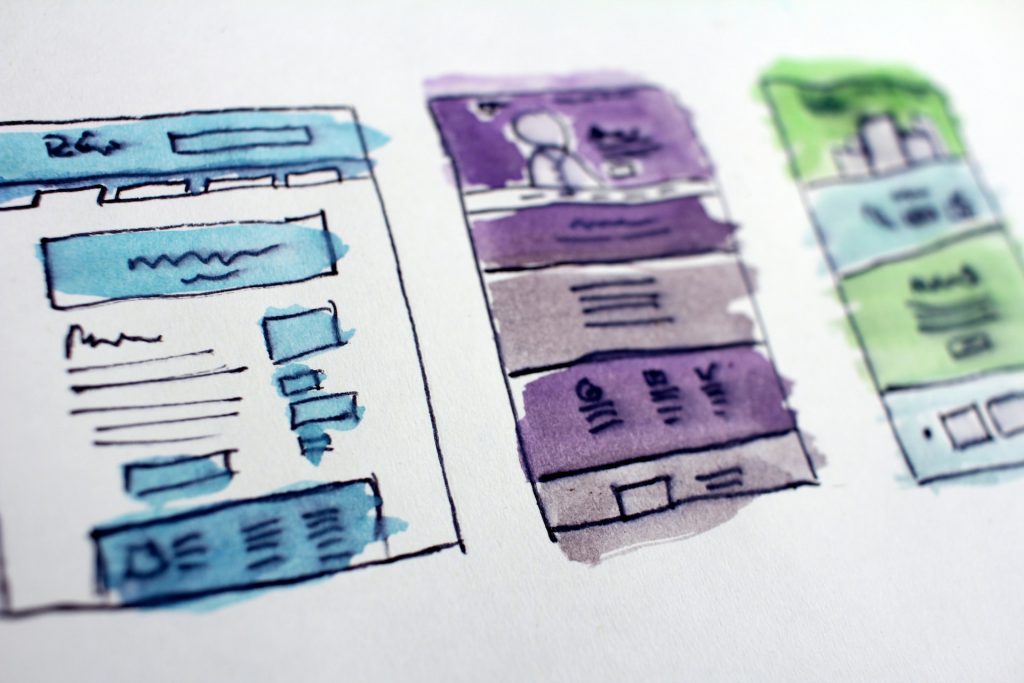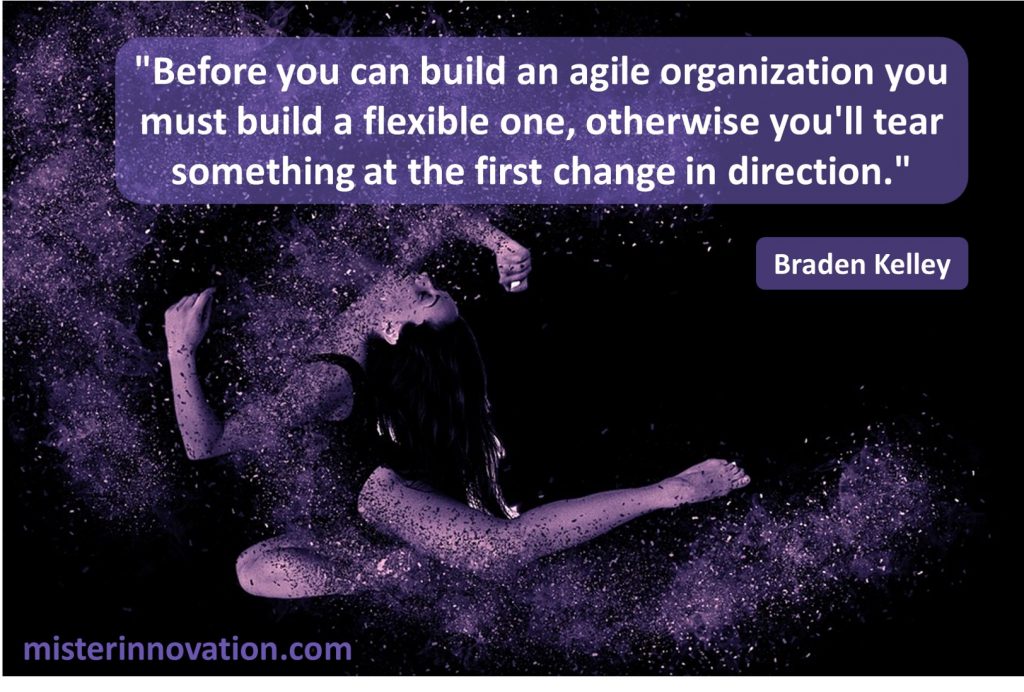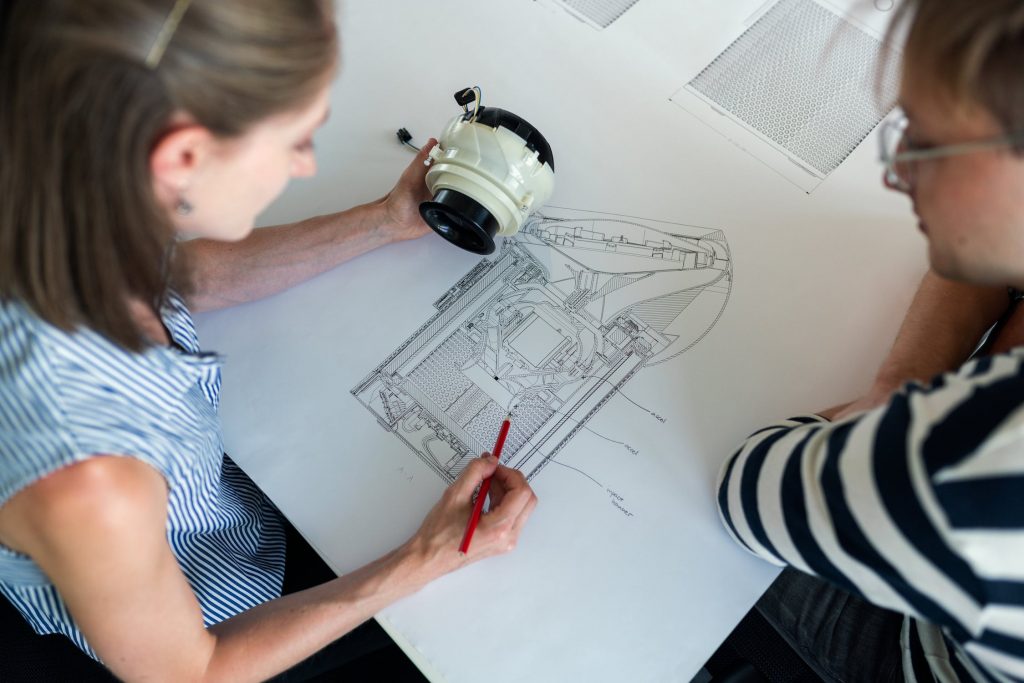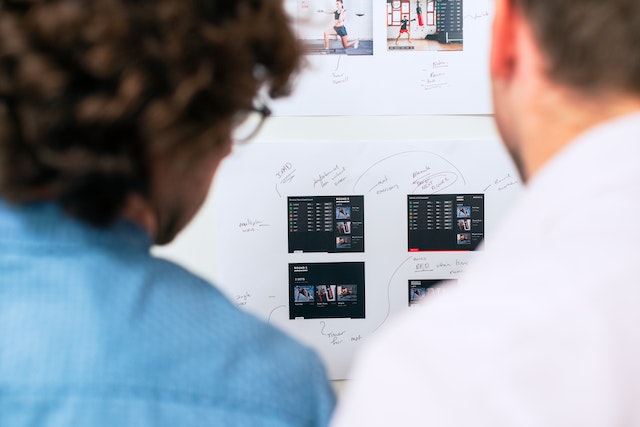
GUEST POST from Art Inteligencia
In an era where user experience is crucial for the success of any product or service, organizations must embrace a human-centered design approach. By putting users at the center of the design process, businesses can create meaningful experiences that cater to their needs and expectations. Arguably, one of the most valuable tools in their arsenal is user research. Through rigorous analysis and empathetic understanding, user research uncovers valuable insights that inform decision-making, leading to better products and increased customer satisfaction. In this article, we will explore the impact of user research on human-centered design through two case study examples.
Case Study 1: Airbnb:
Airbnb, the popular online marketplace for lodging, has gained immense success by championing human-centered design principles. One of the pillars of Airbnb’s design philosophy is conducting thorough user research to inform their decision-making processes. In one case, Airbnb realized that their hosts struggled to create appealing listings due to the lack of high-quality photographs. By conducting extensive user research, including interviews and surveys, they discovered that hosts had concerns about privacy and the potential for theft when allowing professional photographers into their homes. This insight guided Airbnb to create a unique solution – a photography toolkit accessible to hosts to help them capture more appealing photos themselves. This user-centric approach not only addressed hosts’ concerns but also resulted in an improved user experience for guests, leading to an increase in bookings and overall revenue.
Case Study 2: Google:
Google, a company known for its commitment to user-centricity, relies heavily on user research to shape its products and services. A notable example of their impactful approach can be seen with the launch of Google Maps. Before its release, Google conducted comprehensive user research, observing and interviewing people to understand their pain points related to navigation and mapping. This research allowed them to identify the need for real-time information on traffic and public transportation. As a result, Google Maps now provides users with accurate and up-to-date information, including congestion alerts and public transit schedules. By leveraging user research insights, Google Maps creates a seamless experience that empowers users to make informed decisions in their daily commutes, ultimately saving time and reducing stress.
Conclusion
User research plays an undeniable role in human-centered design, enabling organizations to create products and services that genuinely resonate with their user base. Through the exploration of the Airbnb and Google case studies, we have witnessed how user research can lead to insights that drive innovation and shape the design process. Whether it is identifying a pain point, uncovering unmet needs, or validating design decisions, user research acts as a compass, ensuring that organizations are on the right path to delivering value to their customers. Embracing user research and integrating it into the design process can truly transform any organization into a customer-centric powerhouse, setting them apart from competitors and fostering long-term success.
Bottom line: Futurology is not fortune telling. Futurists use a scientific approach to create their deliverables, but a methodology and tools like those in FutureHacking™ can empower anyone to engage in futurology themselves.
Image credit: Unsplash
![]() Sign up here to get Human-Centered Change & Innovation Weekly delivered to your inbox every week.
Sign up here to get Human-Centered Change & Innovation Weekly delivered to your inbox every week.








